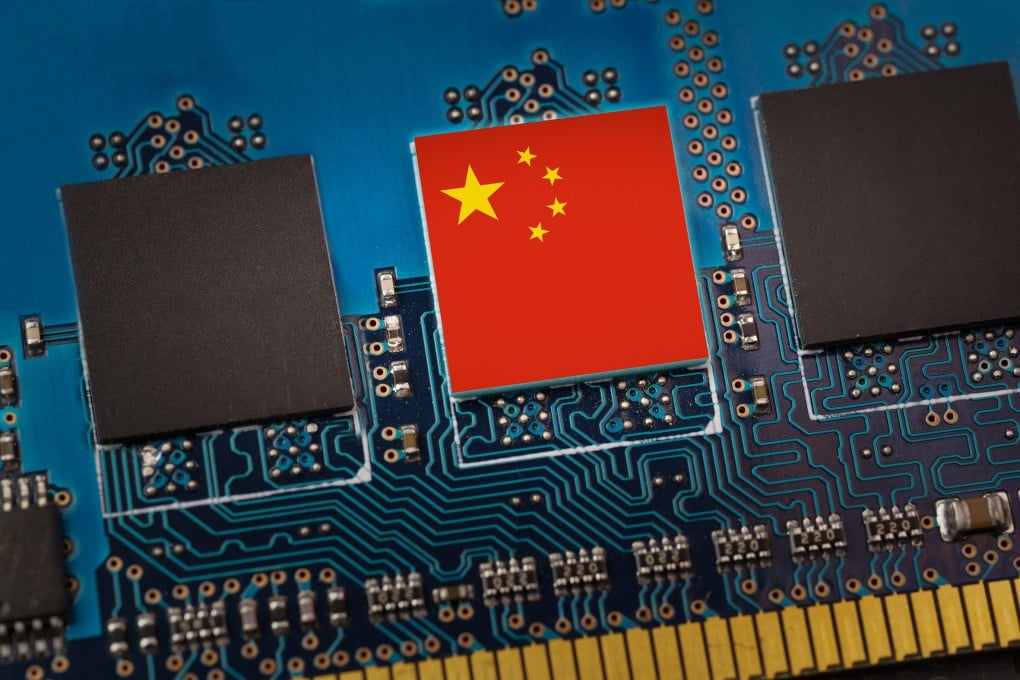China pledges greater protection for hi-tech intellectual property
- ‘It is a must for the sake of our future development and competitiveness,’ head of the National Intellectual Property Administration says
- Improved IPR protection will be part of country’s five-year plan for 2021-25 and longer strategy through 2035, he says

“It is a must for the sake of our future development and competitiveness,” Shen Changyu, head of the China National Intellectual Property Administration, told a press briefing in Beijing.
Now the world’s second-largest economy, China for many years relied on copying foreign innovations as it played economic and technological catch-up. But in 2008 it made IPR protection a national strategy and has since made rapid progress.
In 2020, it made 69,000 applications under the Patent Cooperation Treaty – more than any other country in the world – and ranked 14th of 131 economies featured in the World Intellectual Property Organization’s global innovation index, two places above Japan.
Citing data as a new and key factor of production and the burgeoning data economy in China, Shen said the reasonable flow, effective protection and use of data required a sound mechanism, and that regulators were seeking the opinions of the market.